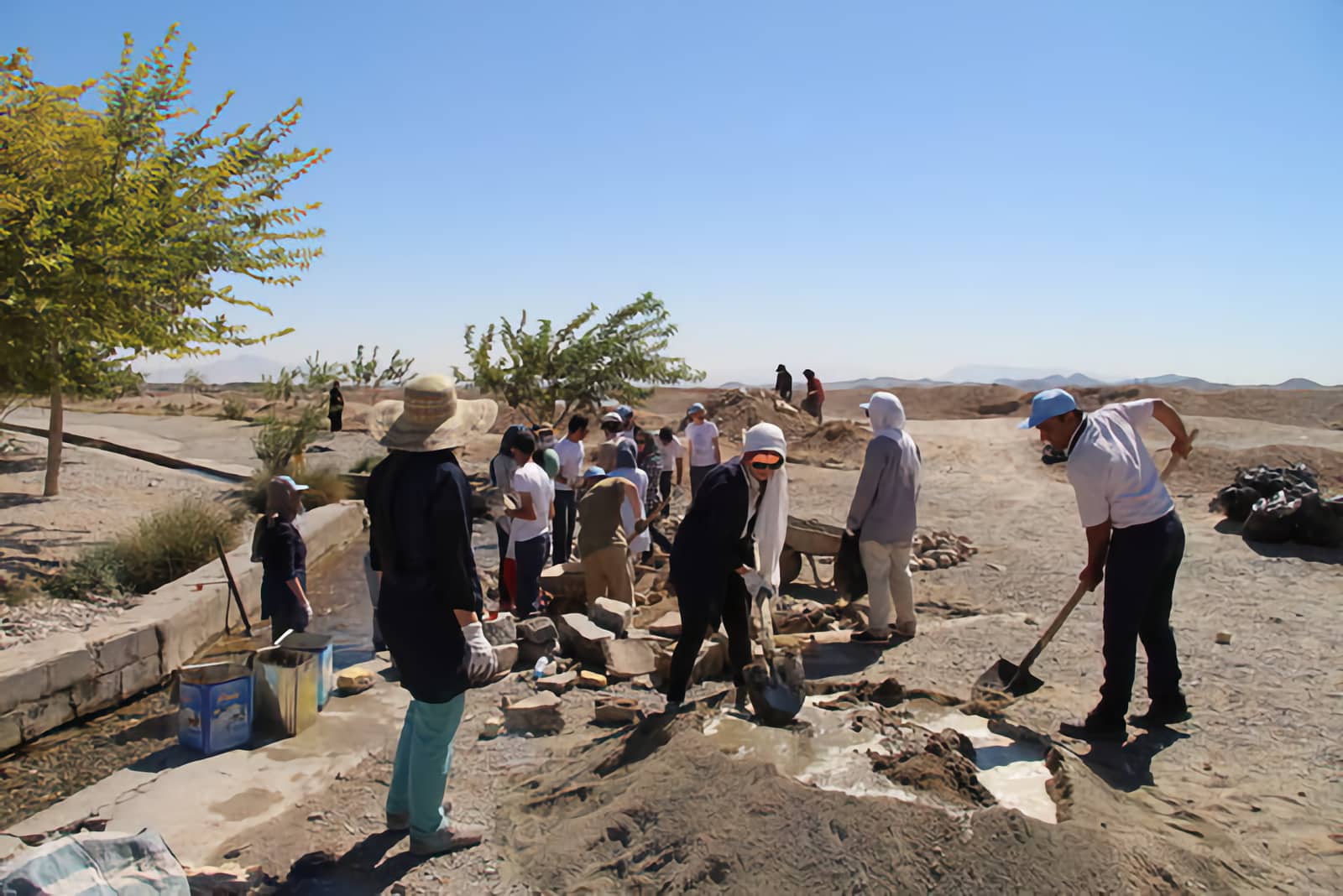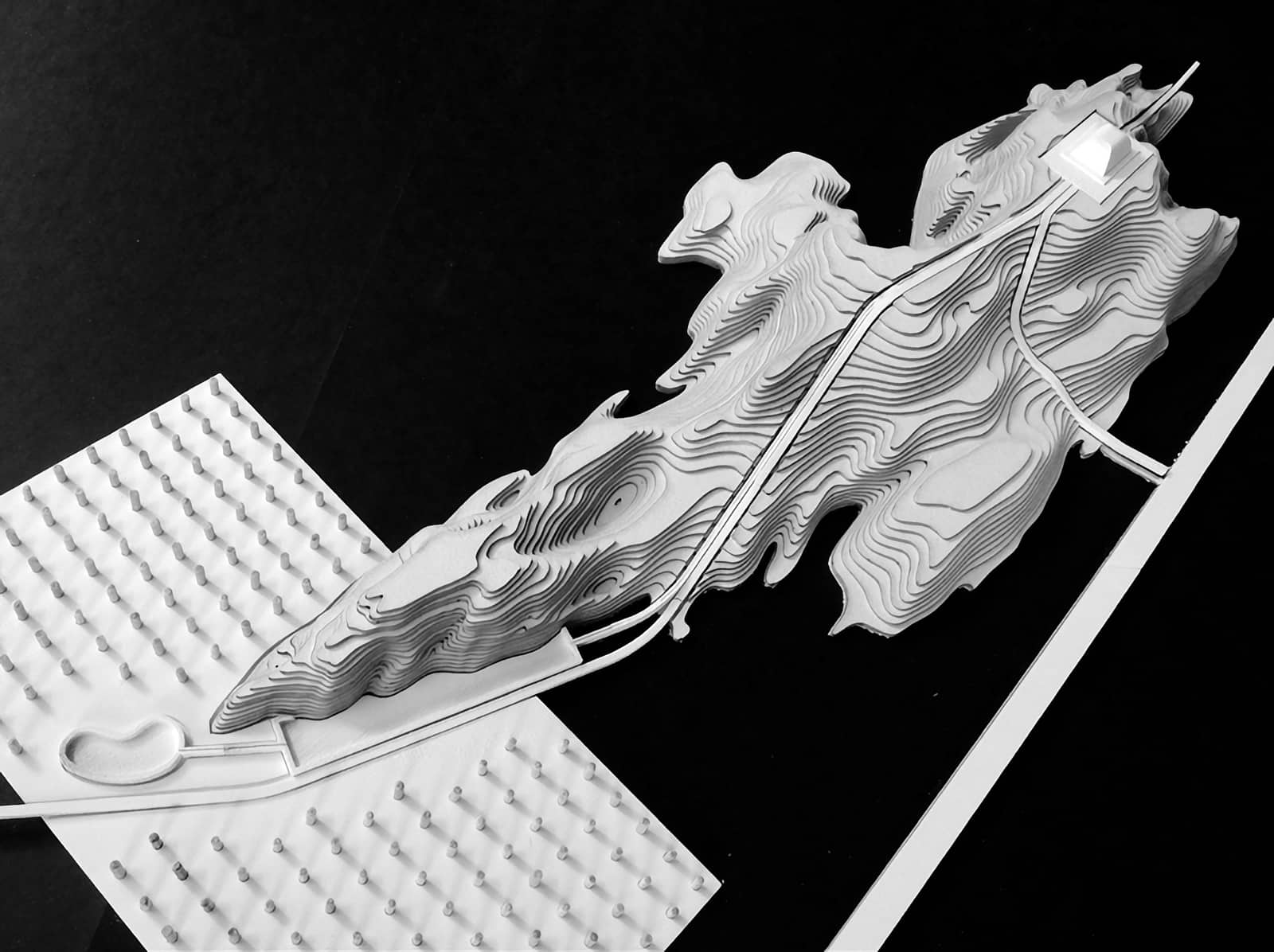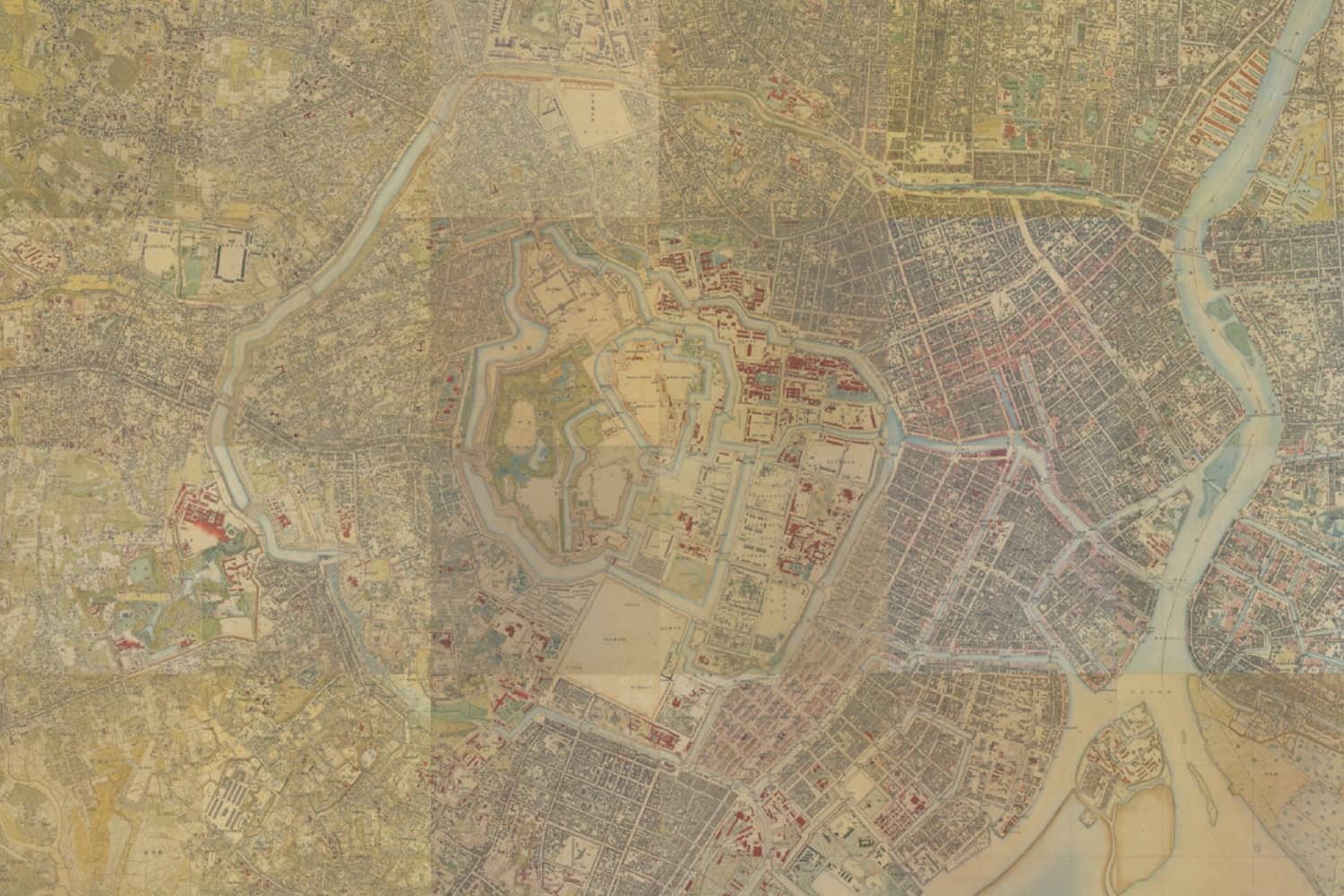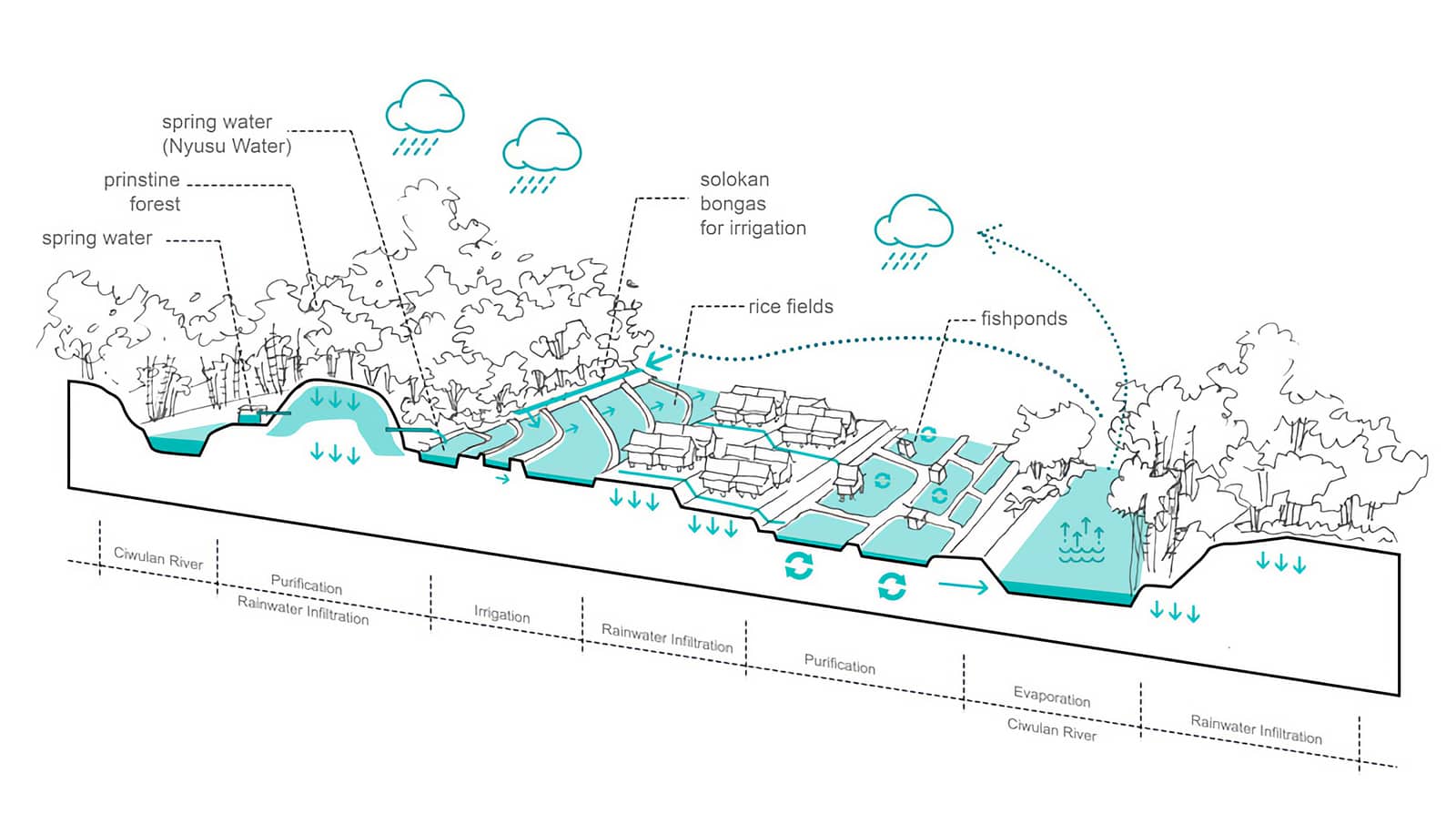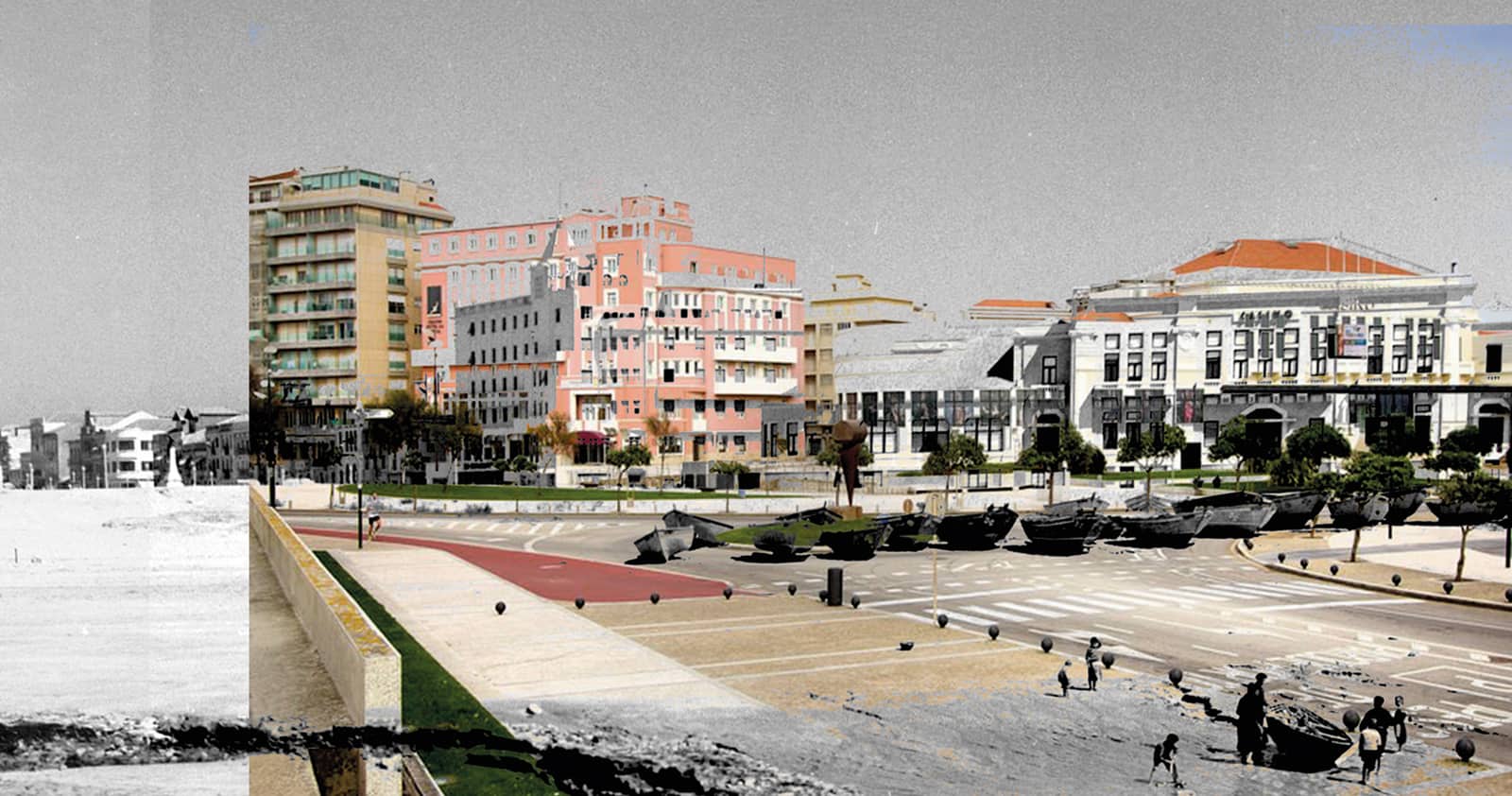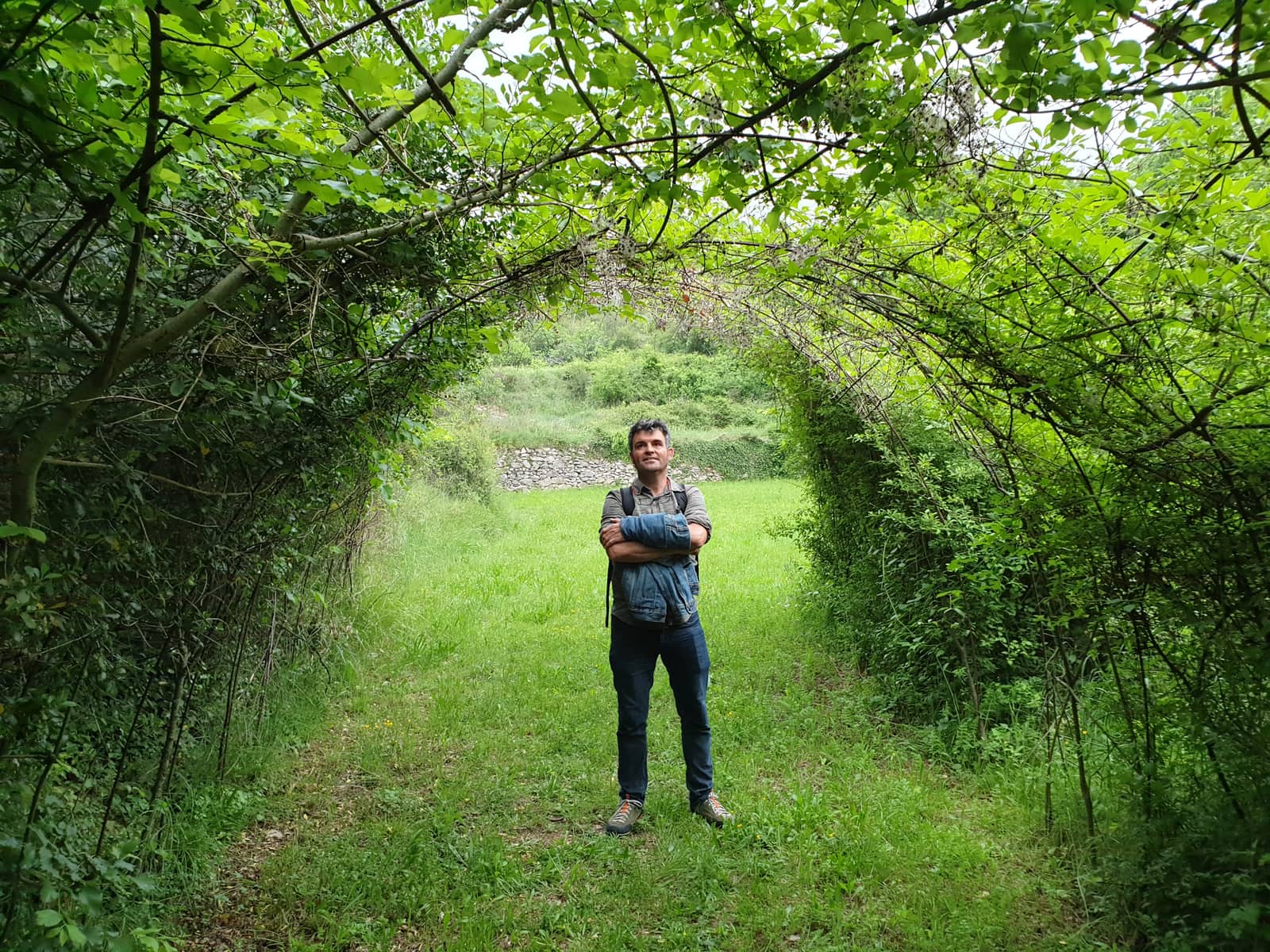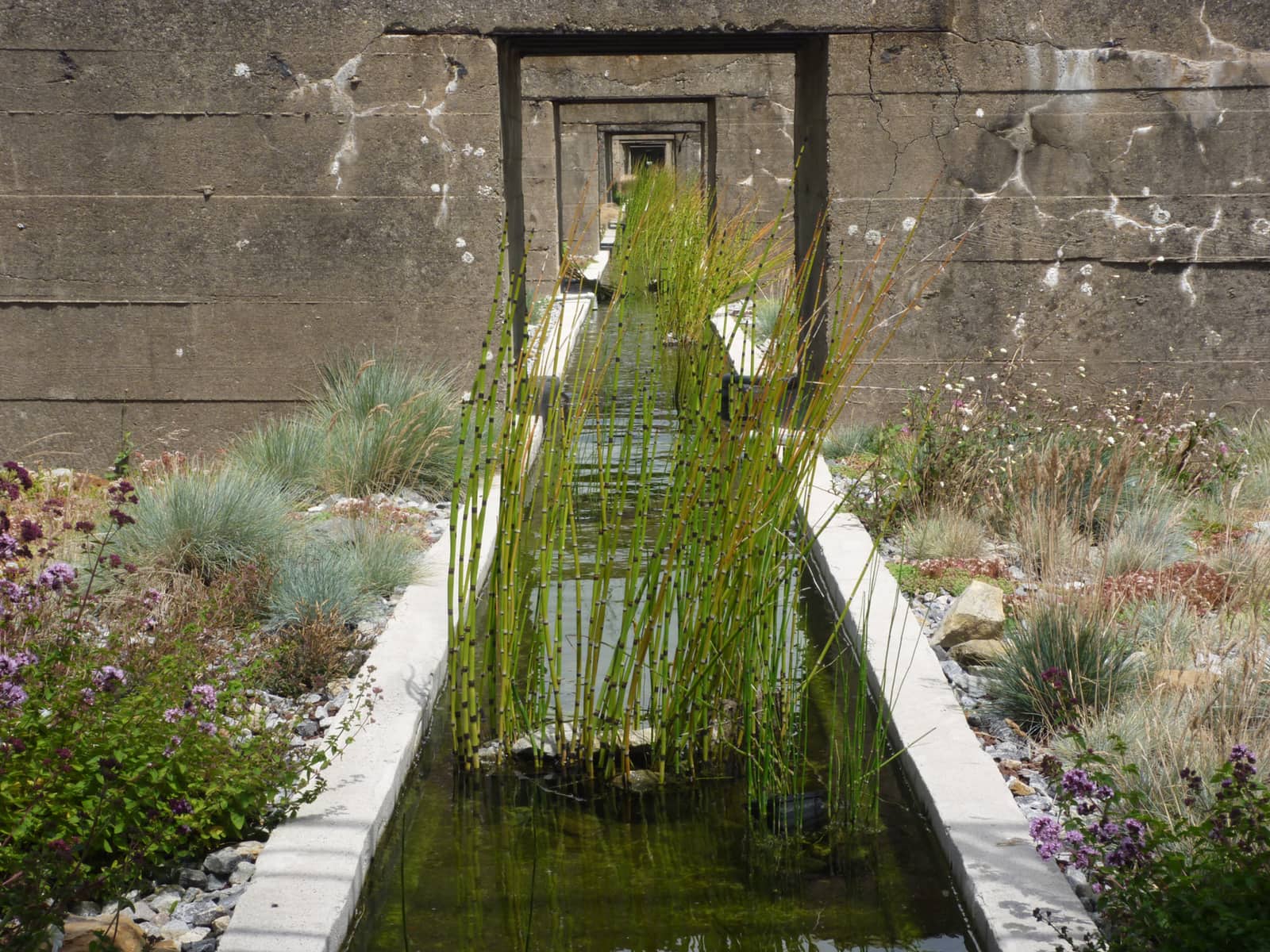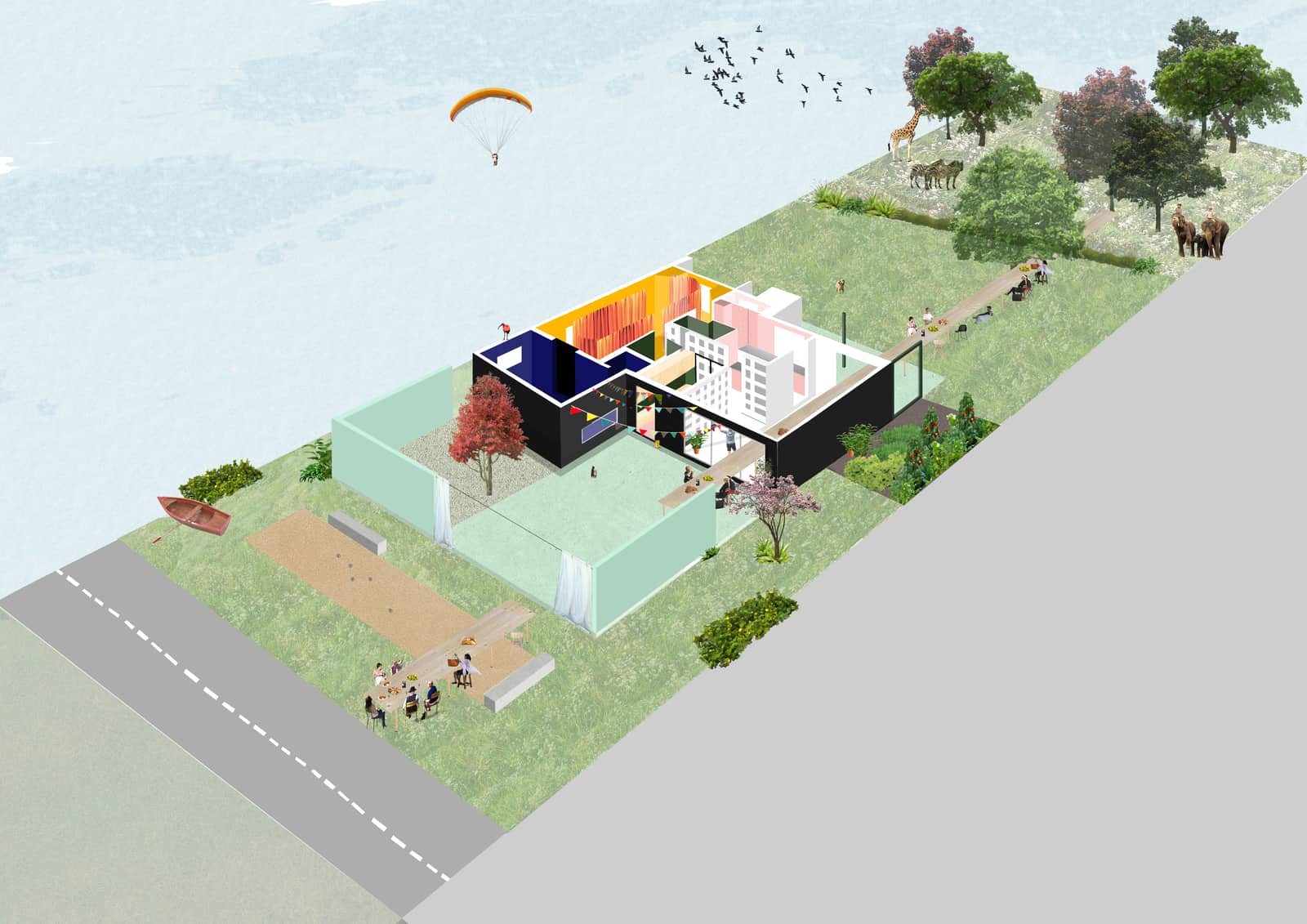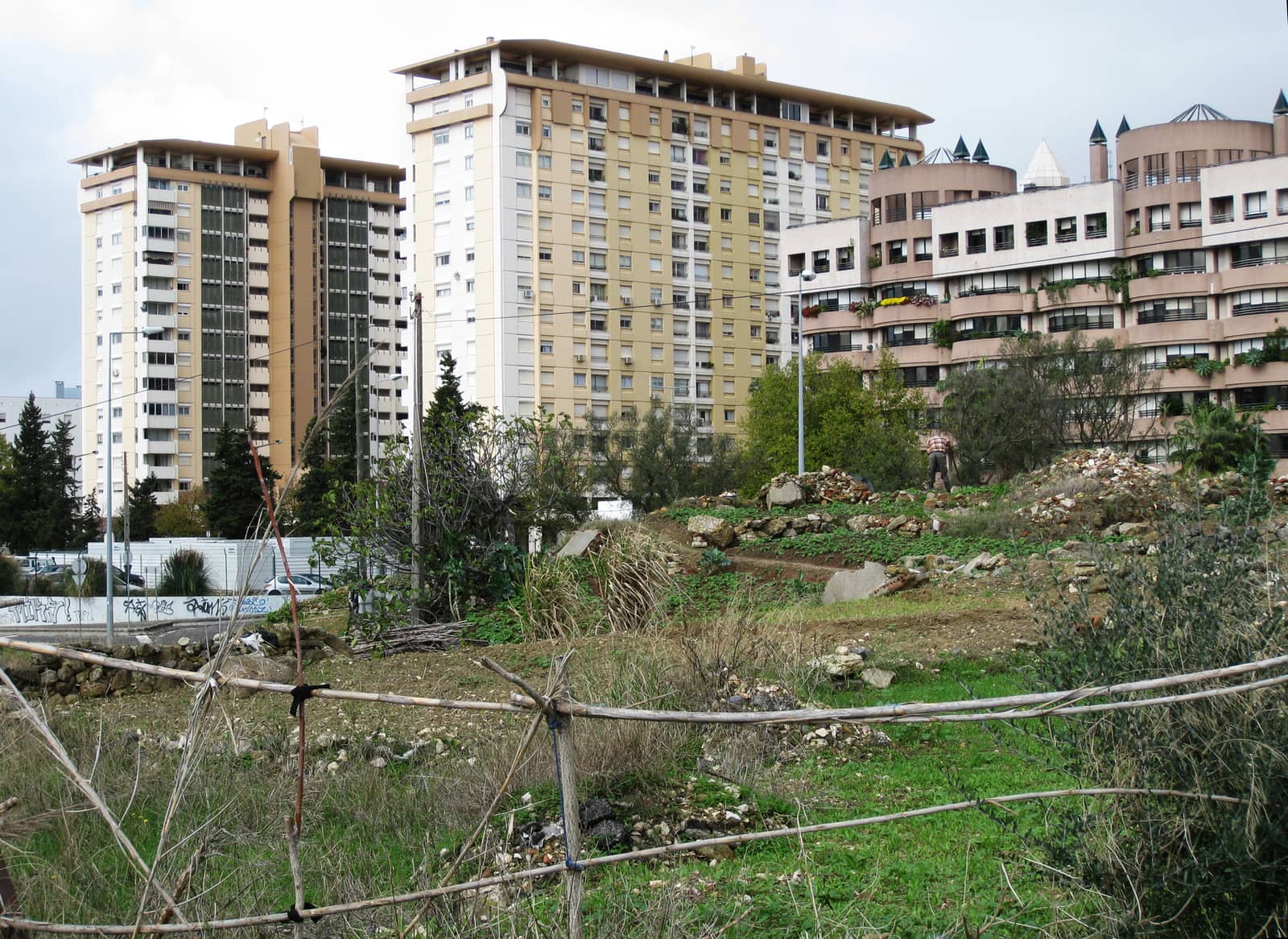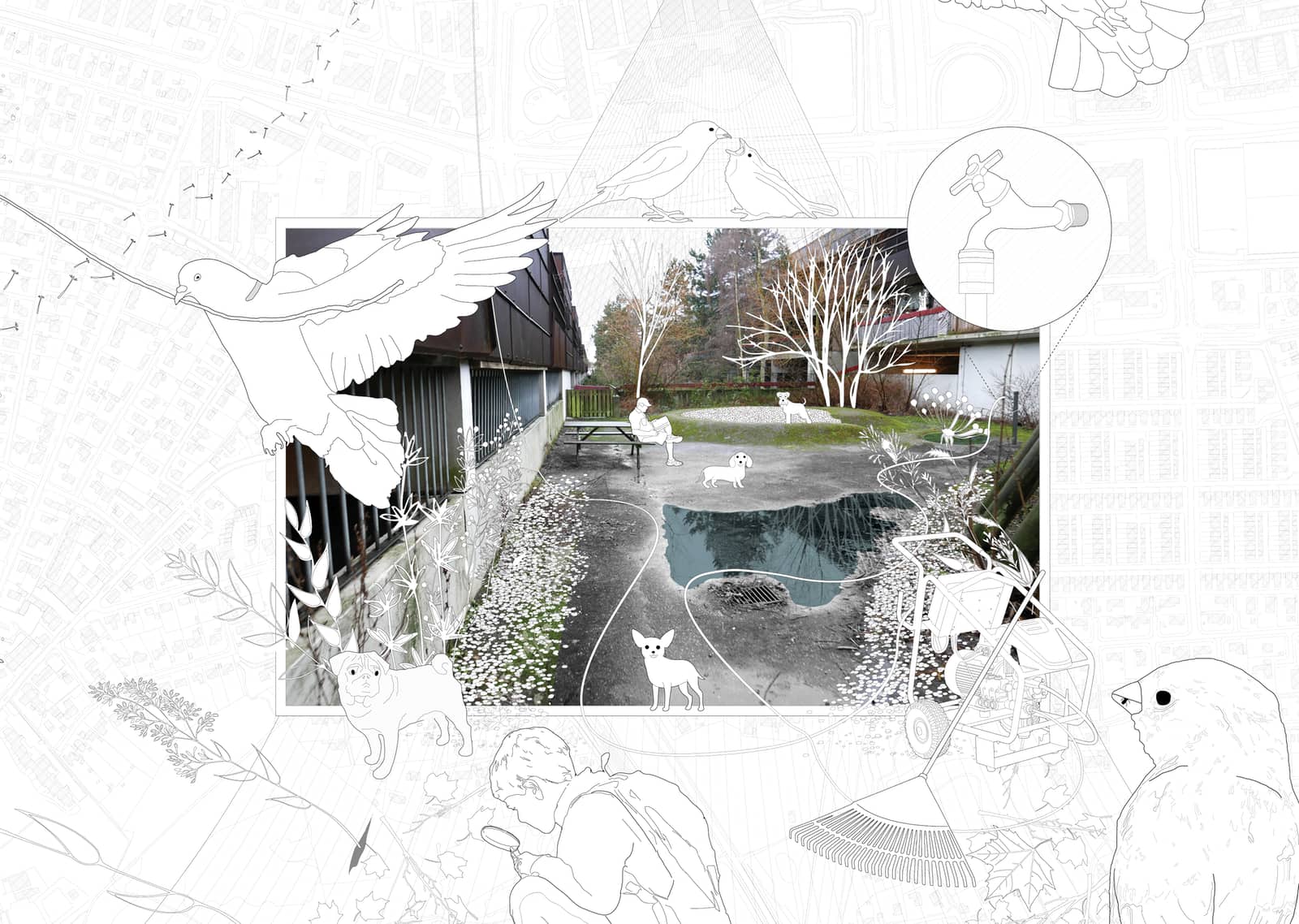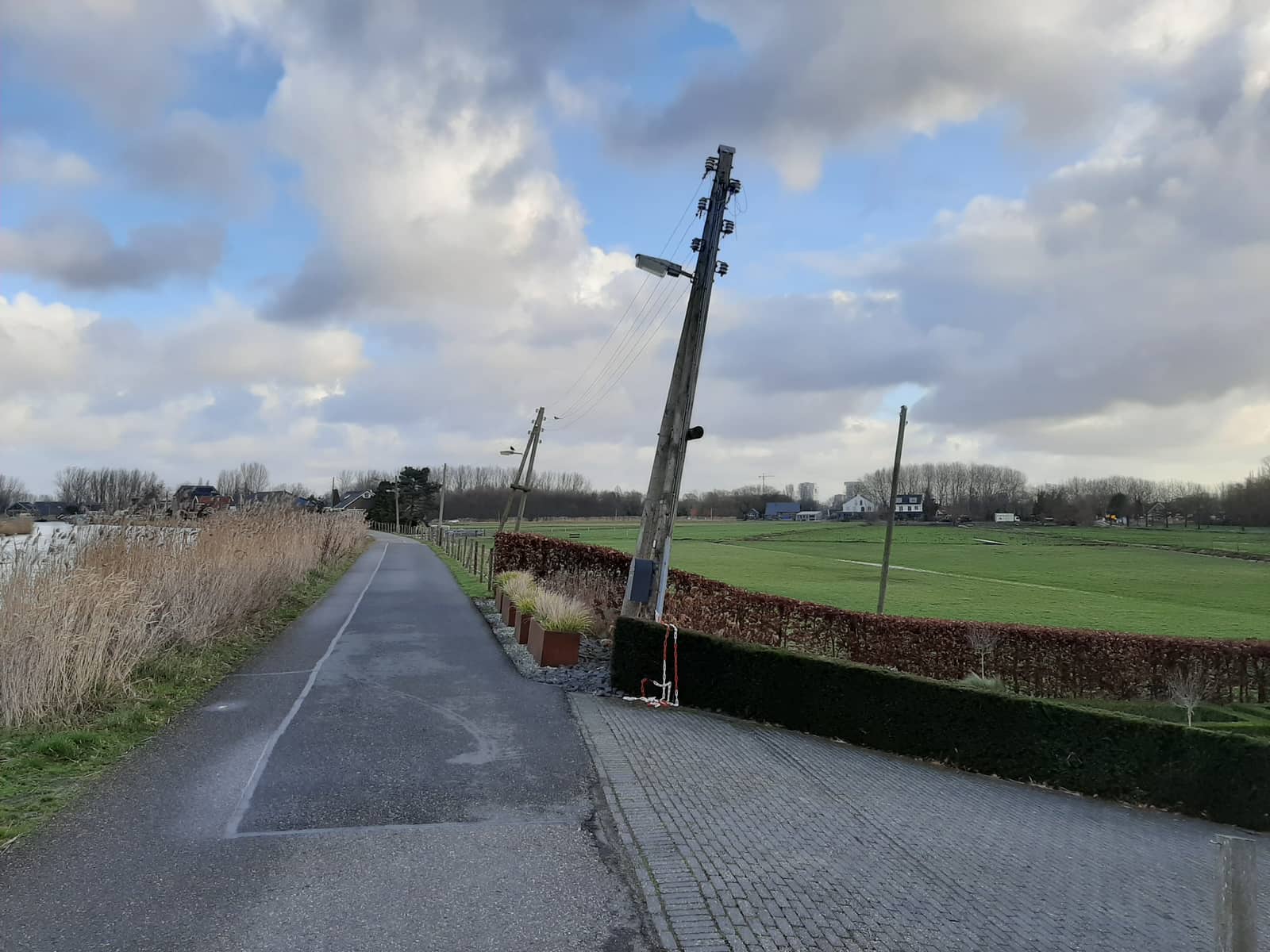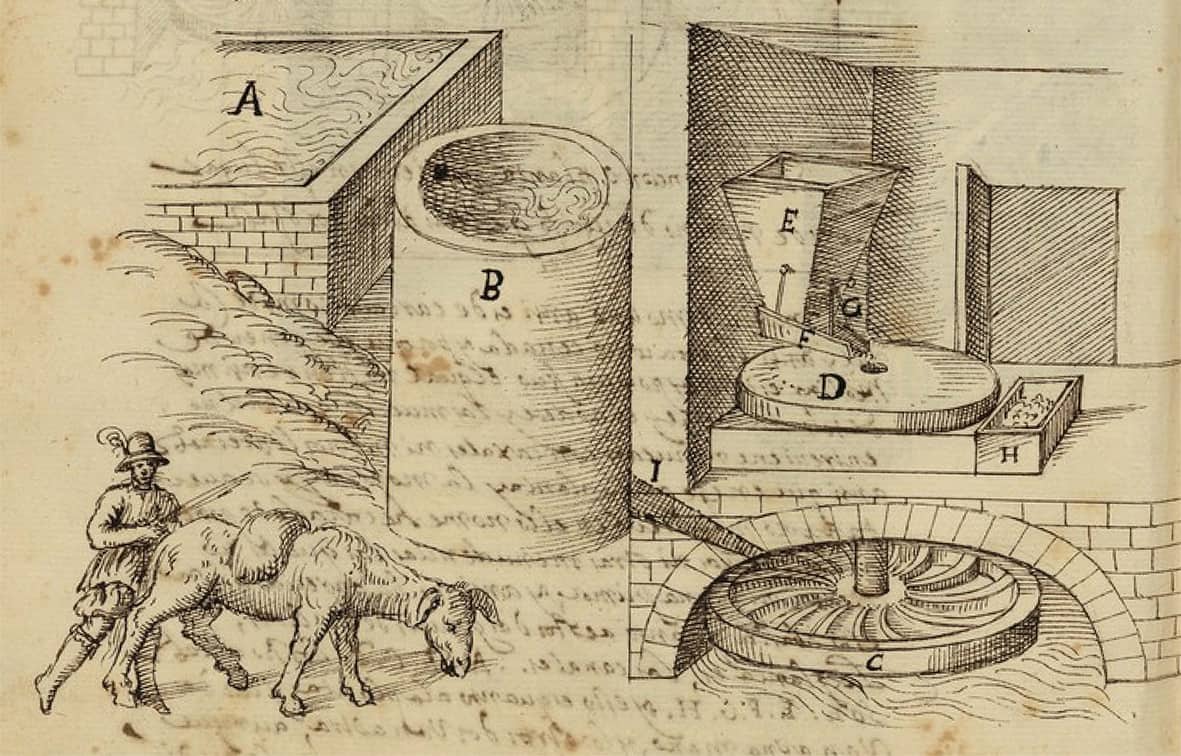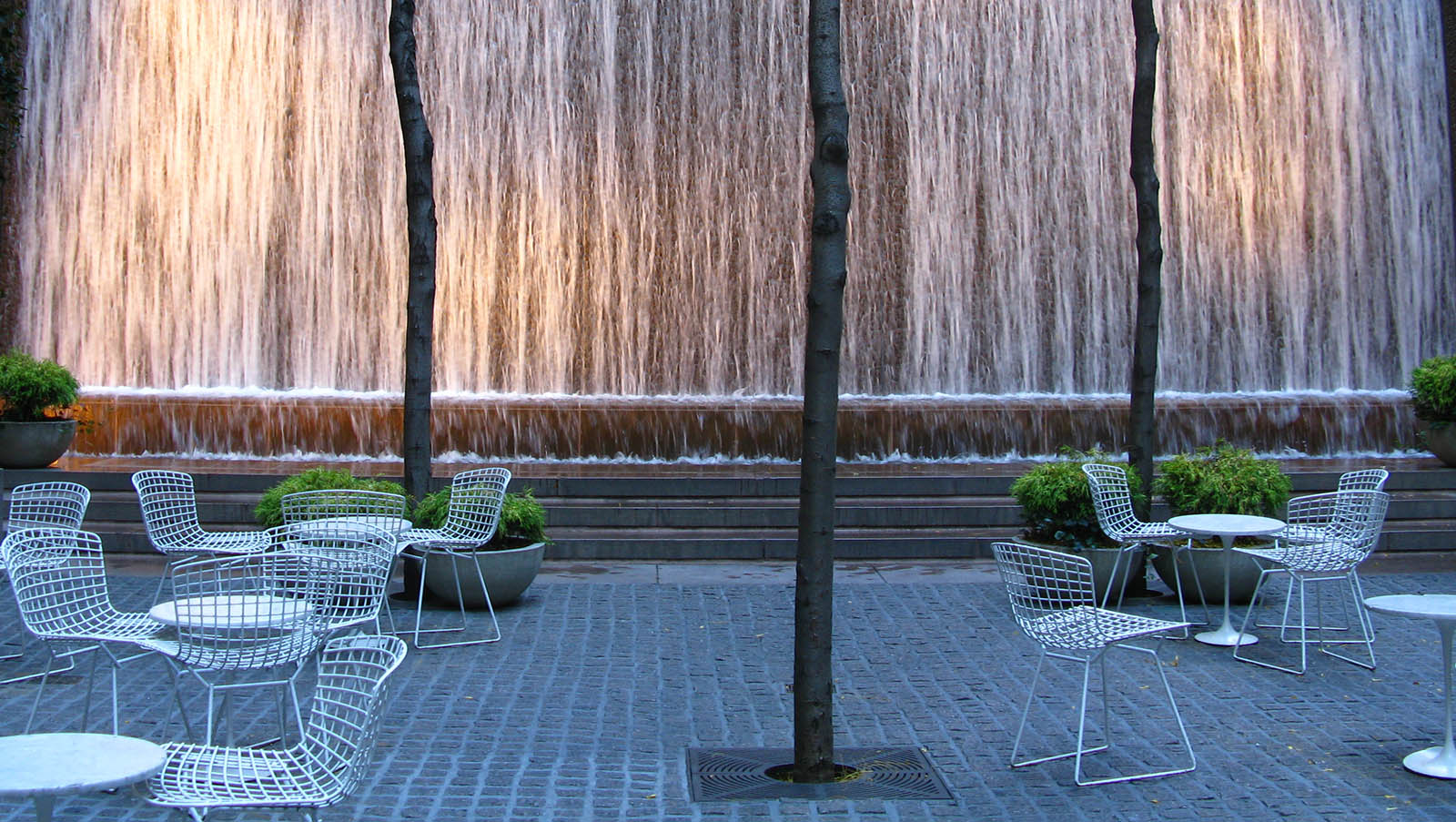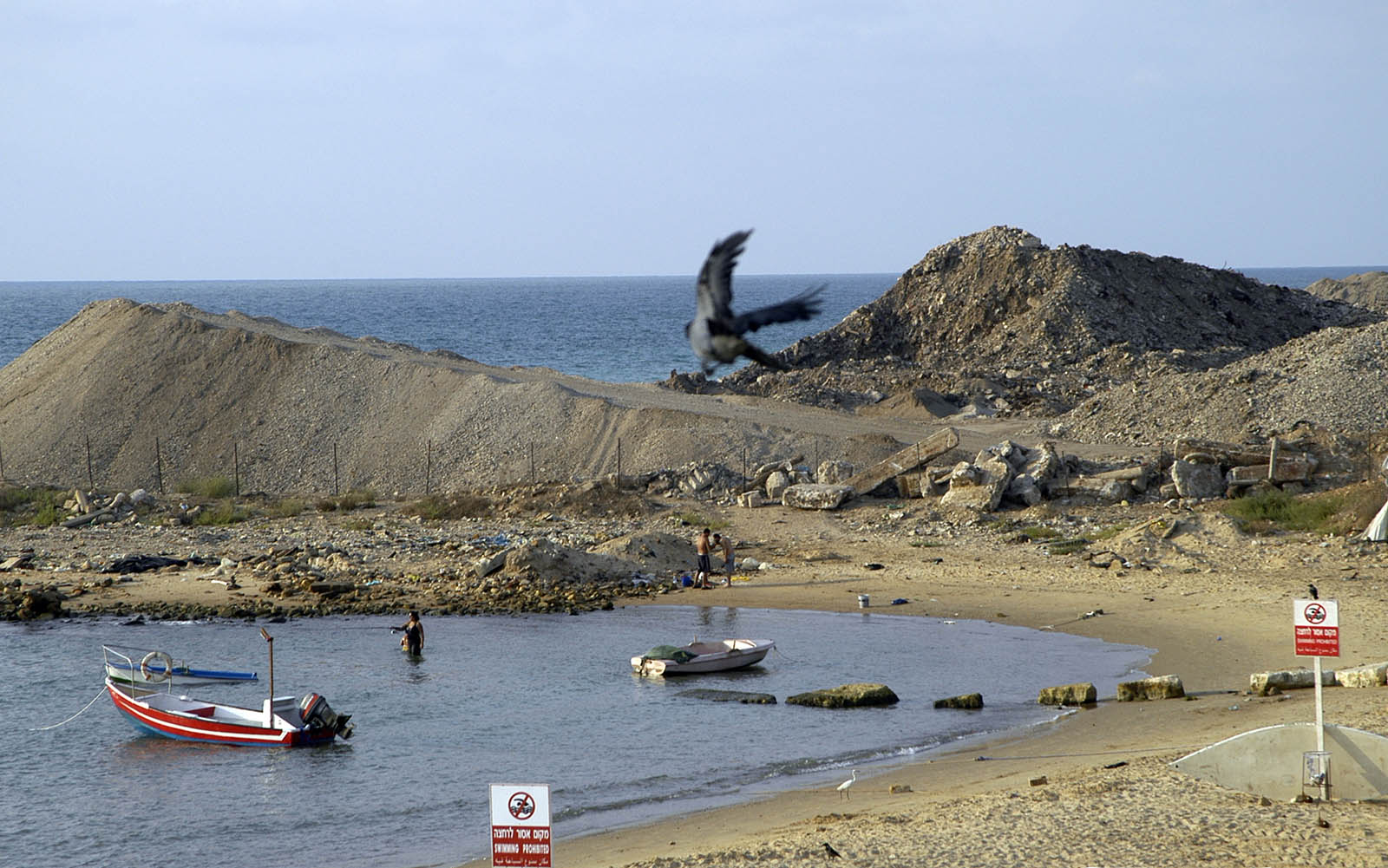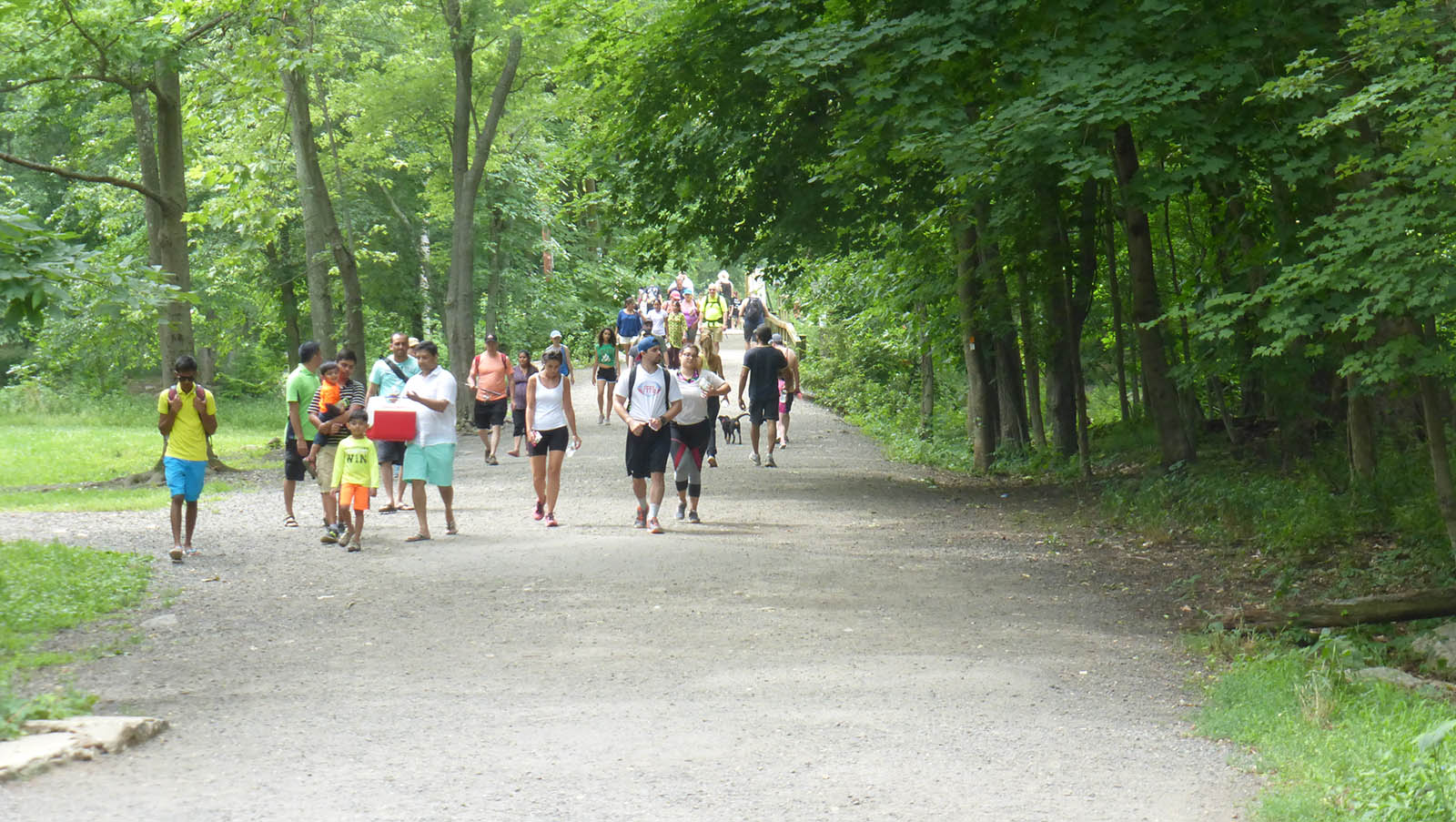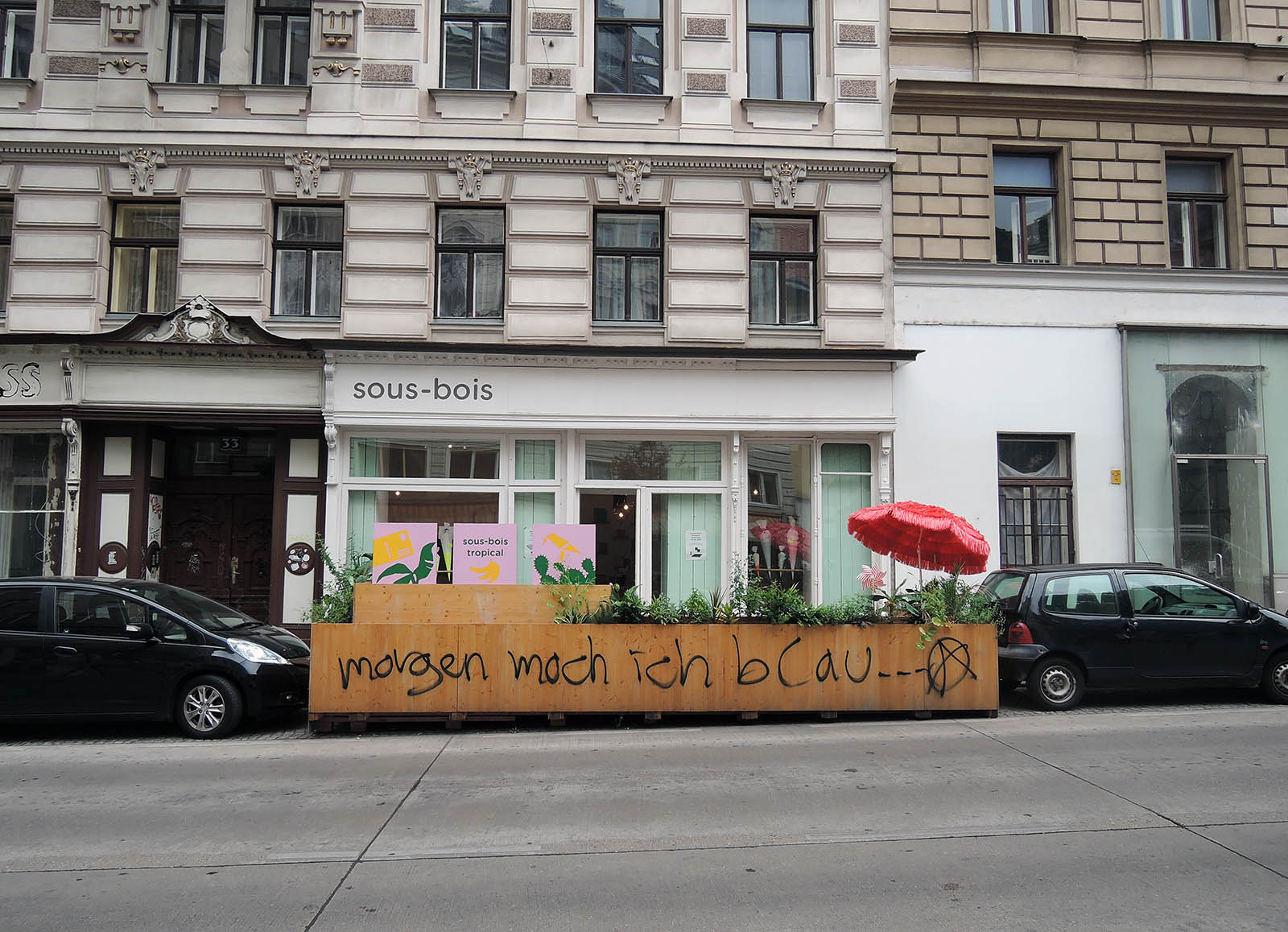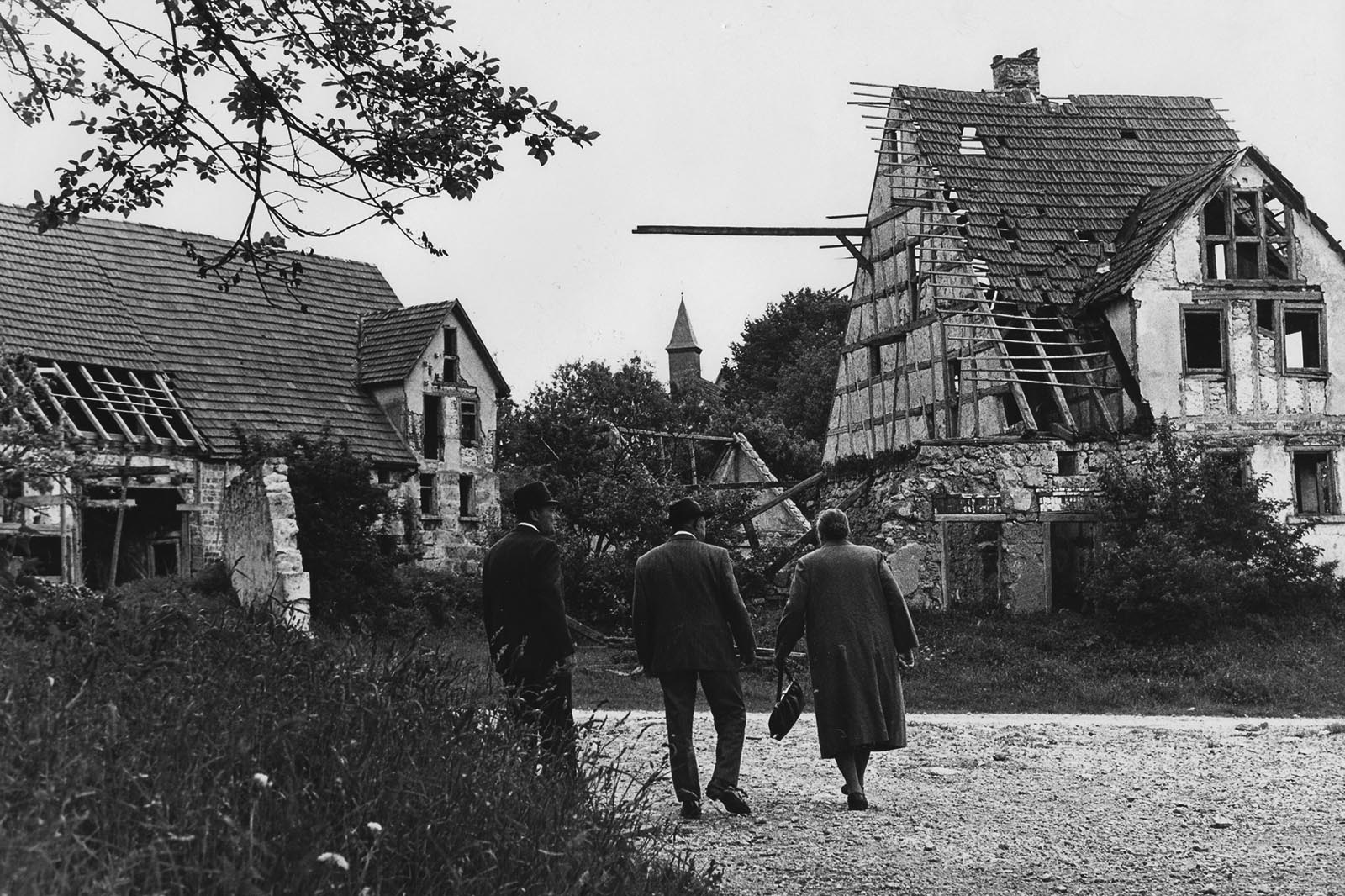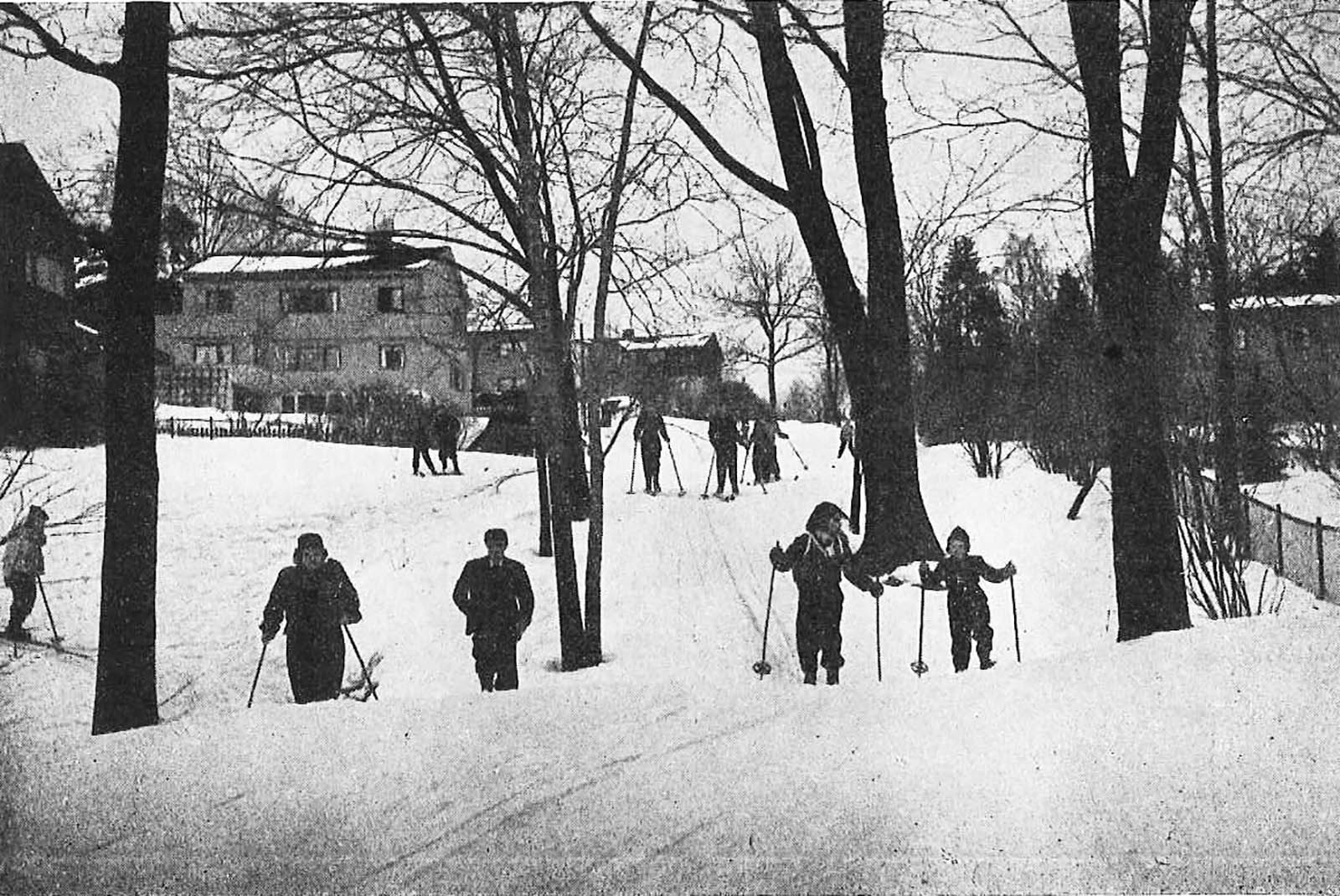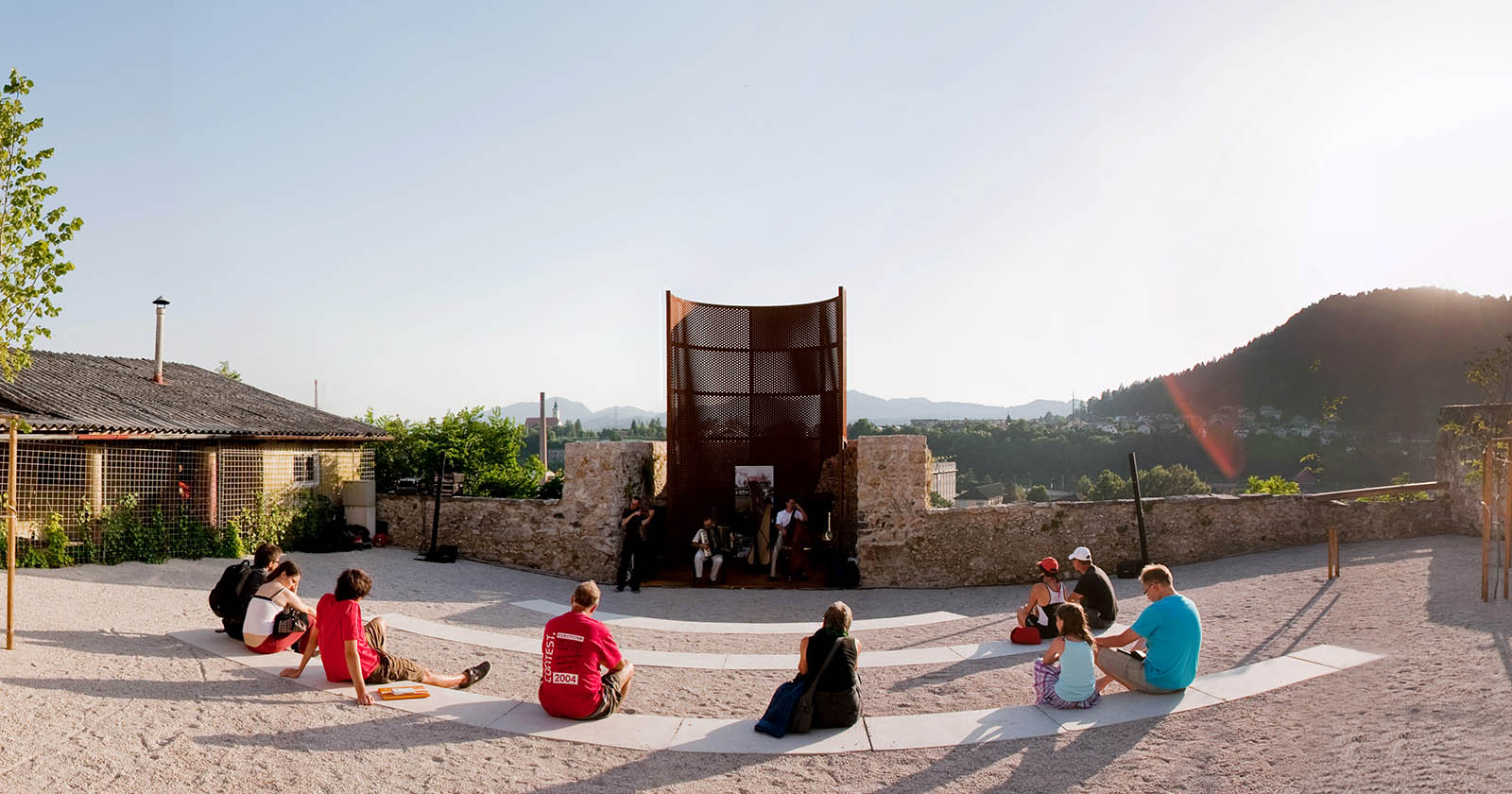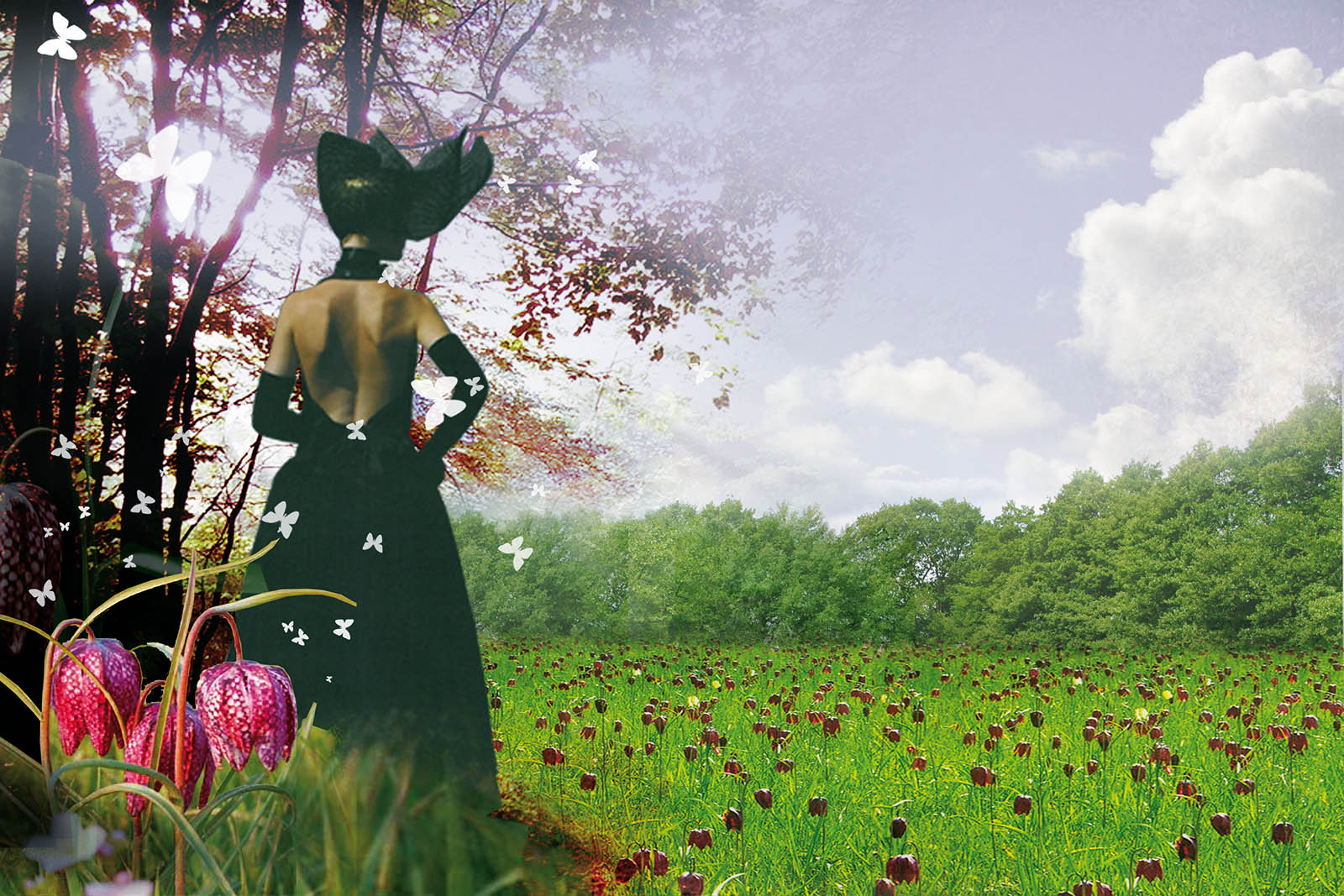Landscape Metropolis
All Items
-
In this issue of SPOOL Landscape Metropolis #6, designerly and discursive work on gardens in the metropolitan landscape is explored. The focus is on the garden as a theatre of landscape in the metropolis, where the city-dweller can stand face to face with natural processes, the longue durée of evolution and natural growth, silence, and open skies, as the counterpart to the excess of the urban programme. This notion of the garden as a theatre, a stage on which landscape and growth are performed, is explored by taking a closer look, spotting those places that merit attention in the vast...
-
Qanats have played a vital role in underground water extraction since ancient times based on the community-based water management schemes in Iran. Due to recent urban sprawl and development pressures, qanats are progressively abandoned and degraded in the cities and are considered as endangered assets. To be sustainable, in addition to physical maintenance, the ecological and social aspects of qanat management systems, as the main characteristic of Urban Water Infrastructures in Iran, also need to be taken into account. A review of the traditional participatory management systems in...
-
Oslo Hydropolis is a running landscape and urbanism design studio at the Oslo School of Architecture and Design that investigates how water can play a socially, ecologically, and economically active role in shaping life in the Oslo region. Historically a water-rich area, weather extremes and seasonal abnormalities question the functionality of cultural landscapes in the Oslo region, which is characterised by rain-fed agriculture in the soils of limited valley areas. Excess and scarcity of water—flood and drought—are exacerbated by the uncertainty of climate change, but even more so by...
-
This research aims to reveal the workings of hybrid systems with ornamental garden ponds and functional water systems in historical Japanese garden cities through researching old maps, documents, and measuring canals and garden ponds in three old cities (Edo/ Tokyo, Kanra-Gunma, and Kojirokuji-Nagasaki). As a result, the following things became clear: (1) If more than 50% of canals run through private land, canals are complicatedly divided to reduce quantitative (flood and drought) and qualitative (pollution) risk; (2) Lords of these cities lived at the termination points of the systems...
-
Rapid urbanisation and sprawling growth have become constant hindrances to nature in most developing countries. West Java is the most populated province in Indonesia under rapid urbanisation. In this rural area of the province, however, there is a traditional Sundanese hamlet called Kampung Naga that has succeeded in cohesively cohabiting with nature. This article discusses how the interaction of water, ecology, and anthropo-systems influences the spatial layout of the village, forms its cultural landscape, and shapes people’s social life. In addition to its sustainability, this article...
-
In order to improve their professional activity, fishermen have developed special methods and procedures for organising the space of their maritime territory. This article presents some of these practices, based on the specific case of the fishing community of Póvoa de Varzim, a town on the north coast of Portugal. Over the years, each fishing family has developed mental maps of the “seas”, creating original names to identify certain places and their different characteristics, while simultaneously producing a remarkable intangible heritage. Together with the productive transformations...
-
The supervision of water systems in many countries is centralised and taken over from local water management collectives of ‘water workers’ by governmental or other water management institutions. Communities are literally and figuratively cut-off from ‘their’ water systems, due to the increase of urbanisation and industrialisation. On account of water management, humankind changed from communities of actively engaged water workers into passive users. In so doing, crucial knowledge about how communities created, maintained, and expanded ‘living water systems’, such as rice terraces,...
-
Professional water managers, due to a rise in population, have taken over authority of the living water systems (circular water system) in which there is a self-evident exchange between the natural system and the (human) water chain. This led to an administrative approach to the water system in many - especially western - countries. Water systems were separated into categories like drinking water, drainage, irrigation, sewage systems, and water safety systems, with centralised management. The bond that traditionally existed between communities and ‘their’ water was literally and...
-
The ground is both the surface occupied by urban development and a physical media – soil – in which plants grow. Since housing density is a mechanism by which to maximise a site’s financial yield, construction covers the real ground. Consequently, the soil is provided to residents in containers on terraces or balconies. However, the properties of natural ground and simulated ground are different, affecting gardening activity and the kind of material and spatial outcomes resulting from it, the synthesis of which is called “the viridic” by the author. Gardening has health benefits for...
-
This paper looks into ‘gardens of wildness’ that have been established in metropolitan interstitial spaces. These unused, unfunctional urban spaces could be considered as spatial-temporary interstices of the metropolitan landscape. These ‘interstitial spaces’ possess the potential to host diverse social-ecological minorities that tend to be excluded by regulated urban spaces. The ecological qualities of interstitial spaces are recognised by French garden designer Gilles Clément, who regards spontaneous ecologies, which emerge in neglected spaces of the city, as cherished reservoirs that...
-
Belonging to the small-scale and private sphere, gardens are usually omitted from urban and regional landscape plans. Yet, we argue that the assemblage of everyday gardens – the garden complex – is an inherent component of the landscape metropolis that holds the potential to become a powerful landscape agency. This potential is enclosed, among others, within three particular qualities: hybridity, scalar paradoxes, and complex dynamics. Practicing these qualities as concepts for landscape design and analysis helps to expand the imaginaries of everyday gardens to...
-
Since the middle of the 19th century, when the term ‘landscape architecture’ began to replace the hitherto common term ‘garden art’, the garden as a work of art and gardening, understood as a predominantly decorative activity, stood in the critical discussion about the future of the metropolises. It was not only architects and urban planners who repeatedly questioned the value of ornamental gardens in the city. Against the background of the enormous growth of the cities in the industrial age and the accompanying social problems, leading European landscape architects in the 20th century...
-
This visual essay explores the making of a new garden in a small secluded space deep within Danish housing estate Farum Midtpunkt. Through a series of digitally produced drawings the author unfolds origin and current material condition of the site in question, and speculates on the site’s possible future as a new garden for humans and the landscape metropolis’s unnoticed animals and plants. The design approach for the new garden is experimental, maintenance-based and open-ended, aiming to achieve a high level of biodiversity and to balance preservation and renewal attending to the site’s...
-
In the contemporary metropolitan landscape of Rotterdam, the open landscape spaces that once surrounded the city have been reduced to components in a hybrid field. When the polders were still expansive, with an omnipresent horizon, and big skies, they were depicted extensively by the Dutch landscape painter Henk Chabot (1894-1949). Chabot is the Rotterdam painter of an oeuvre that is associated with angular, realistic expressionism of many layers of paint in hard colours, who painted heavily emphasised skies over poor countryside, or monumental portraits of refugees or farmers. For...
-
Traditional hydraulic milling was the main productive activity in the Sierra de Cádiz (Andalusia, Spain), as evidenced by the existence of 85 mills spread throughout the region. Although the date of their construction is unknown, the first documentary evidence of their existence appeared in the 16th century. In the 18th century, a more comprehensive account of the set of mills in the Sierra was drawn up thanks to the Ensenada Cadastre. The majority were operational until the mid-20th century, albeit with some difficulties. The disappearance of this handmade trade has led to the...
-
This paper examines the political motivations behind the establishment of public urban parks in western Europe and the United States, and addresses issues affecting the funding of those parks. It does this through a chronological examination of park development, arguing that the physical form and facilities provided in parks reflect the purposes for which they were designated. As such, the form and purpose of parks therefore reflect, in their various forms and functions, the intentions and values of their funding agencies. The paper examines principal sources of funding for...
-
To date, the scholarship of landscape architecture has ignored the evolving research on green gentrification, which studies the mechanisms behind the social aftermaths of urban environmental improvements. The paper uses a case study analysis to prove that landscape architecture practice shares with other planning professions and policy makers the responsibility for the displacement of residents following environmental improvements. The paper analyses the inclusion of social structures, social justice, and the social impacts of projects in the professional discourse, scholarship, and...
-
The demand for green spaces in highly urbanised, metropolitan cities is well documented. However, adjacent to or surrounding these densely populated urban centres are extensive areas of newer suburbs, where land use and public space demands differ from those found in large urban cities. Though dependent on the age of a suburb and its associated societal changes, the demands made upon suburban green spaces are changing. However, little research has focused on ageing suburban park systems, which today may be managed by multiple administrative entities.
The development of a master...
-
In cities of increasing density, public space is under pressure from both commercial and non-commercial interests. Private installations in public space, such as kiosks, pavement cafes, advertising, and parklets, influence its usability and appearance. Based on the assumption that such installations can also alter and define the inclusiveness and accessibility of public space, the authors argue that the process of granting permission for and regulating the design and positioning of such installations is not only an administrative decision but one that is connected with planning...
-
In Germany, the fall of the Iron Curtain led to the extensive withdrawal of allied troops stationed there, as well as the reduction in number of the German armed forces. This process was accompanied by the repurposing of formerly restricted military terrain in both urban contexts and the countryside. Post-military landscapes are full of traces of former usage and comprise a heritage that ranges from their earlier civilian history to their militarisation, from past to recent conflicts. This paper focuses on the remembered and forgotten narratives of these fascinating sites and relates...
-
Park politics is the subject of critique by the landscape architecture profession. This article explores the politics surrounding the parks realised in Oslo in the 1920s and 30s, which was critiqued in a book by some of the most prominent landscape architects in Norway at the time: Vår tids hage [The Garden of Our Time] (Aspesæter et al., 1939). The book reads as a commentary on the development in Oslo during that period. This study uses contemporary books by the key policy makers as resources for the ideology of these parks and aims to show how the actual park politics in Oslo were...
-
In June 2018, professionals and scholars, from various fields dealing with public open spaces, put politics up for discussion. In the conference series x–LArch at the University of Natural Resources and Life Sciences, BOKU/Vienna, issues are raised that are relevant for the profession of landscape architecture and have a direct impact on our environment, be it urban or rural. In the 2018 conference entitled ‘Park Politics’, practitioners and academics were invited to present findings and projects in order to gain a range of perspectives from...
-
The editors of this themed issue of SPOOL place the discussion on the possibilities and impossibilities of criticism within the field of the design disciplines at centre stage. We are especially interested in how criticism can make an active contribution to taking a position vis-à-vis what we have called, in earlier issues of SPOOL, the contemporary condition of ‘the landscape metropolis’. Criticism is an important means of reflection on the creative processes and interventions that are part and parcel of this landscape metropolis. It throws light on particular projects by describing and...
-
In the city of Kranj, Slovenia, three former medieval defence towers were redesigned as public spaces. The three interventions are positioned and discussed within the frame of small-scale interventions, specifically as urban acupuncture. First, small-scale interventions are looked at as an approach to designing open space, and parallels with landscape approach are presented. Second, the Three Towers project is discussed, focussing on the relationship it establishes between the city and its context. As the city is built on top of a conglomerate canyon, the interventions open up the slopes...
-
This essay explores critique as a specific instrument to evaluate and discuss artistic products, and argues that the relatively young discipline of landscape architecture could profit from further developing criticism within this field. Based on the work of Carroll, a theory on critique is provided, focussing on the aspect of ‘grounded evaluation’. An overview of the media in which criticism operates is given, including social media. Using examples from art and architecture, the role of criticism in landscape architecture is described. In so far as there is a ‘recipe’ for a critique, the...
